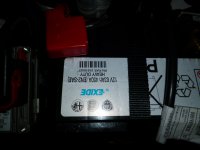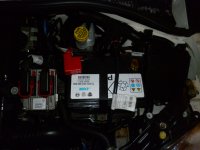- Joined
- Apr 26, 2011
- Messages
- 2,102
- Points
- 358
On S/S cars, voltage stability would seem to be much more important - we'll be replacing these batteries long before they become too weak to turn over the engine on cold mornings.
Charge acceptance is the big thing with S&S - even a bog standard alternator can supply a lot more current than a lead/acid battery can cope with on regular basis, but when you start getting regeneration in the equation, it's not much wonder a battery can't cope. So after a number of months, the battery simply can't recover to a decent state of charge after a number of starts.
This is why alternative chemistry is the only way forward in the long term!



